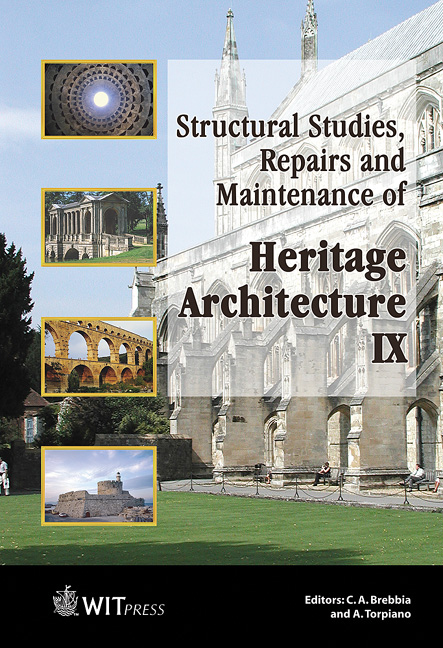Valuing Cultural Heritage – Lessons Learned
Price
Free (open access)
Transaction
Volume
83
Pages
6
Published
2005
Size
319 kb
Paper DOI
10.2495/STR050101
Copyright
WIT Press
Author(s)
S. Navrud
Abstract
Cultural heritage typically concerns public goods, and therefore non-market valuation techniques need to be applied to estimate the social benefits of these goods. While there have been several thousands of applications of these techniques to value changes in environmental quality and natural resources, empirical applications of these techniques to cultural heritage are still scarce. The main lessons from a review of 27 valuation studies suggest that we experience the same problems and challenges as in the environmental valuation studies. Some of the studies were conducted to inform policy decisions, and have proved useful in cost-benefit analyses of restoration and preservation programs for cultural heritage, as well as infrastructure projects and air pollution policies with impacts on cultural heritage. The information generated by such studies can be a valuable complement to expert judgement. We would like to see new valuation studies designed to address specific policy problems, rather than provide general values for the goods. Keywords: cultural heritage, non-market valuation, contingent valuation, benefit transfer, cost-benefit analysis. 1 Introduction What is the economic value of preserving our cultural heritage? Do the social benefits of preserving cultural heritage like e.g. historical cities outweigh the costs of restoration and preservation? Should we allocate more resources to restore and preserve cultural heritage due to the large social benefits observed in the few existing studies that try to value these goods? These are some of the questions that can be answered by applying techniques originally developed to value environmental goods to value cultural goods.
Keywords
cultural heritage, non-market valuation, contingent valuation, benefit transfer, cost-benefit analysis.




